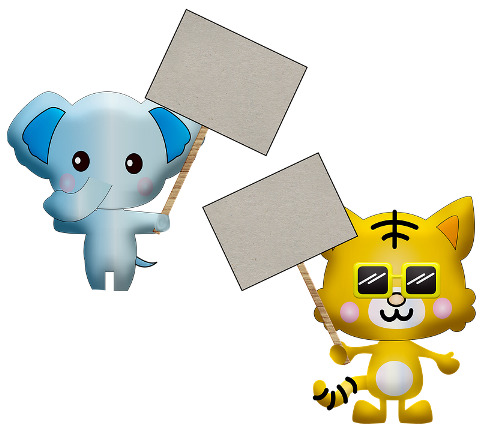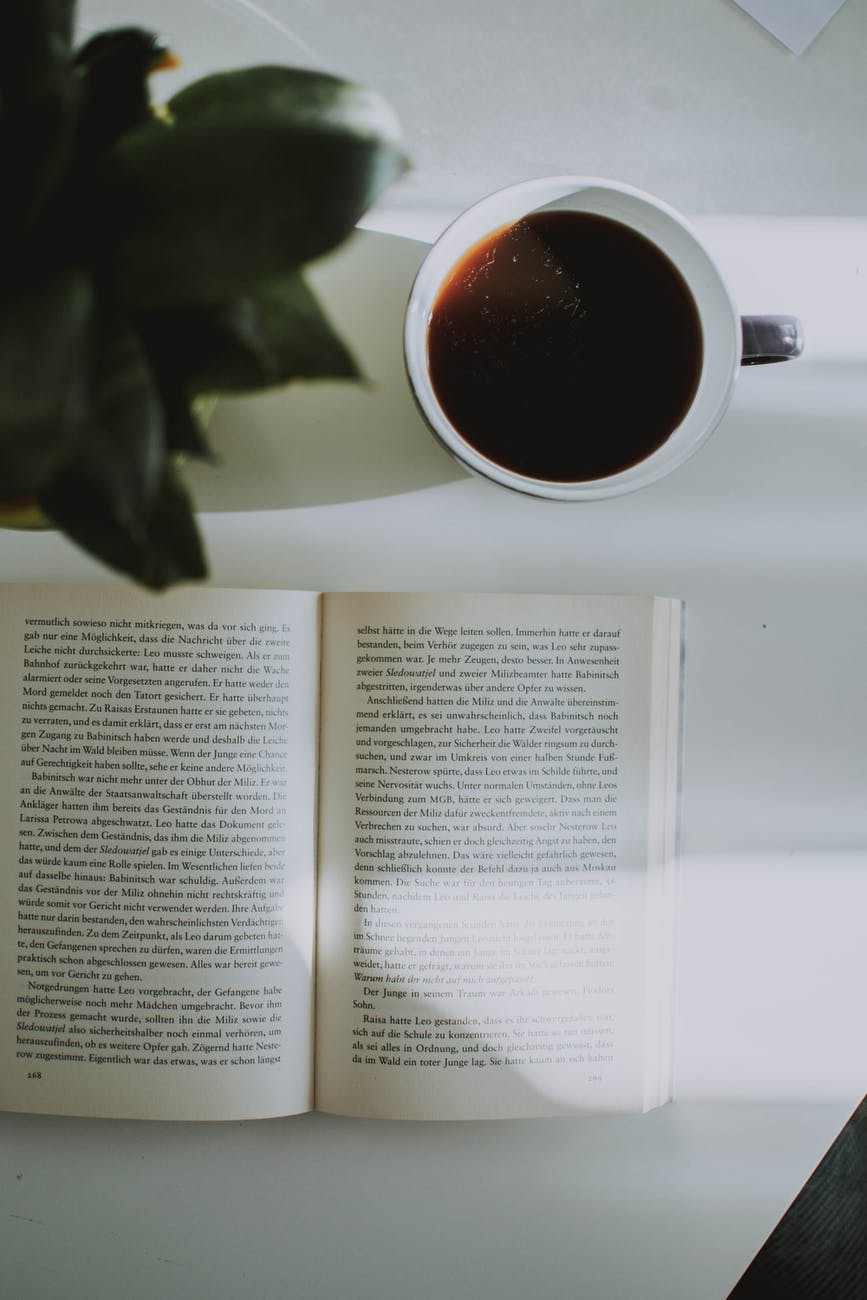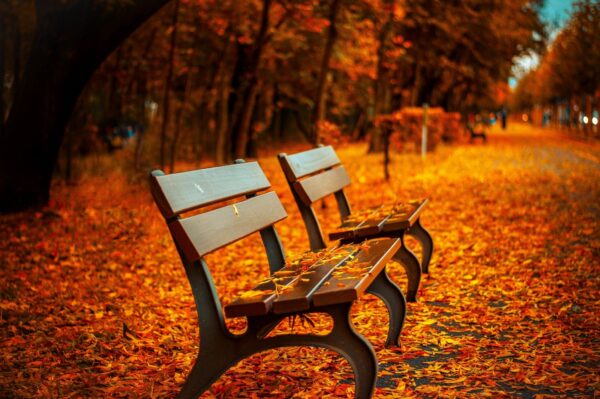HISTORY & SIGNIFICANCE OF HALLOWEEN FESTIVAL
Halloween is an annual holiday, which is rejoicing each year on 31st October and this is an age-old European tradition. The Halloween is an ancient Celtic festival of Samhain, and on the Halloween, people light bonfires and wear costumes to ward off ghosts.
The celebration of the Halloween was started by Pope Gregory III and was scheduled to rejoice on 1st November which gives honor to all saints; soon, All Saints Day included some of the traditions of Samhain.
The evening before Halloween is regarded as the All Hallows Eve or the later Halloween. Halloween develops into a day of activities which includes, trick-or-treating and carving jack-o-lanterns.
In the whole world, during the time of winter, the days grow shorter and nights get colder and longer, people carry on to accompany in the season with gatherings, costumes, and sweet treats.

ANCIENT ORIGINS OF HALLOWEEN
Halloween’s origins date back is the ancient Celtic festival of Samhain (pronounced sow-in). In the country, Ireland, the Celts, was the person from 2,000 years ago in the United Kingdom and northern France, renowned their new year 1st November.
The day Halloween has marked the end of summer and the produce and the starting of the dark, cold winter, a time of year that was often associated with human death. Celts are regarded as the night before the New Year, the boundary between the worlds of the living as well the dead people became blurred.
On 31st October the day is celebrated as Samhain, on this day the dead people returned from the earth.
The main reason for the celebration of the Halloween is to protect the crops by the ghost because as per believes the ghosts literally damaged the crops.
The otherworldly spirits made it easier for the Druids, or Celtic priests, which make the predictions the future. For a people entirely dependent relative on the capricious natural world, these prophecies are touted as an important source of the dark winter.
To honor the event, Druids built massive sacred bonfires, where people come to burn crops and animals as sacrifices to the Celtic deities. While the celebration time, the Celts wore costumes, characteristically consisting of animal heads and skins, where they try to reveal each other’s fortunes.
When the celebration was over, they re-lit their hearth fires, at the evening time; the sacred bonfire actually believes to be protecting people from the coming winter.
Did You Know?
In U.S. 1 district of all the candy sold annually purchased for Halloween.
By 43 A.D., the Roman Empire had won mostly the Celtic territory. During the period of four hundred years that they ruled the Celtic lands, the 2 carnivals of the Roman origin were combined with the traditional Celtic celebration of Samhain.
The first was Feralia, a day in late October during the time when the Romans traditionally started with the passing of the dead. The second was a day to honor Pomona, the Roman goddess of fruit and trees.
The symbol of Pomona is the apple, and the amalgamation of this rejoice into Samhain perhaps explains the tradition of “bobbing” for apples that are practiced today on Halloween.
ALL SAINTS DAY
On 13th May 609 A.D., Pope Boniface IV devoted the Pantheon in Rome which gives respect and honor to the Christian martyrs, and the Catholic feast of All Martyrs Day also launched in this day on the Western church.
Pope Gregory III eventually long-drawn-out the festival to comprise all saints and also some martyrs, and moved the observance from 13th May to 1st November.
By the 9th century, some influences come from the Christianity which spread in the Celtic lands, and it is eventually spread and blended with and supplanted the older Celtic rites. In 1000 A.D., the church declared 2nd November as the All Souls’ Day, a day to honor the dead.
It is actually believed that the church replaces the Celtic festival of the dead with a related church-sanctioned holiday.
All Souls Day was celebrated similarly to Samhain, with big bonfires, parades, and dressing up in costumes as saints, angels, and devils.
The All Saints Day celebration was also called All-hallows or All-hallowmas (from Middle English Alholowmesse meaning All Saints’ Day) and the night before it, the traditional night of Samhain in the Celtic religion, began to be called All-Hallows Eve and, eventually, Halloween.
HALLOWEEN COMES TO AMERICA
In the colonial period, the celebration of Halloween was extremely limited because of the rigid Protestant belief systems there. Halloween was much more common in Maryland and the southern colonies.
As the beliefs and customs of different European ethnic groups so in America there is the district’s version of Halloween which begins.
The first celebrations included “play parties,” public events held to celebrate the harvest, where neighbors would share stories of the dead, where people reveal each other’s fortunes, dance, and sing.
Colonial Halloween festivities also include narrating the ghost stories and mischief-making of all kinds. By the middle of the nineteenth century, annual autumn festivities were common, but Halloween actually doesn’t always celebrate in the whole world often.
While, in the nineteenth century, America was flooded with new immigrants. These new immigrants, especially the millions of Irish fleeing the Irish Potato Famine, make the Halloween festival nationally popular.
TRICK-OR-TREAT
Scrounge from English and Irish traditions, Americans began to dress up in costumes where they ask for the money and food as well they practice that eventually became today’s “trick-or-treat” tradition.
Young women believed that on Halloween they could see the name of their future husbands by doing tricks with yarn, apple parings or mirrors.
In the late 1800s, there was a move in America to mold Halloween into a holiday and on this day people will be played by pretending as soul or ghosts and play pranks with each other.
At the turn of century, the Halloween parties for both children and adults became the most common way to celebrate the day. Parties focused on games, foods of the season and festive costumes.
Parents were encouraged by newspapers and community leaders where they can take any “frightening” or “grotesque” out of Halloween rejoices. Because of these efforts, Halloween lost its religious and superstitious overtones by while the starting period of the twentieth century.
HALLOWEEN PARTIES
By the 1920s and 1930s, #Halloween had become a secular, and common celebration for the community, the #Halloween parties are touted as the recreations.
In spite, the best efforts of many communities and schools, vandalism started to plague some celebrations in many communities while this time.
By the 1950s, town leaders had successfully limited vandalism and Halloween which eventually became a holiday. Due to the high numbers of young children during the fifties baby boom, parties moved from town civic centers so the accommodation for the Halloween became quite easy.
Between 1920 and 1950, the centuries-old practice of trick-or-treating marks the Halloween celebration. In theory, families could also prevent tricks being played on them by giving accommodation to the poor children.
Thus, a new American tradition was born, and it has continued to grow. Today, Americans spend an estimated $6 billion annually on Halloween, which is making it a second largest commercial holiday after Christmas.
SOUL CAKES
The American Halloween tradition of “trick-or-treating” is started in the period as the early All Souls’ Day parades in England. During the festivities, poor citizens would beg for food and families would give them pastries called “soul cakes” in return for their promise where they will be prayed for their dead relatives.
The distribution of soul cakes was encouraged by the church as a way to replace the ancient practice of leaving food and wine for roaming spirits. The practice, which was referred to as “going a-souling” was eventually taken up by children who would visit the houses in their neighborhood to have some money and food.
The tradition of dressing in costume for #Halloween has both European and Celtic roots. Hundreds of years ago, winter was touted as a scary time and during this period there was scarcity of food which was the reason of constant worry.
On #Halloween, when it was believed that ghosts came back to the earthly world, can sometimes people consider them as the fellow spirits!
On Halloween, to keep ghosts away from their houses, people would place bowls of food outside their homes to appease the ghosts so that the ghost will not enter into their house.
BLACK CATS
Halloween has always been a holiday which is mysterious and it is people celebrate in the name of dead relatives and friends. For these friendly spirits, people set a dinner table, in the foreign country and left treats on doorsteps and along the side of the road and lit candles to help spirits to find the way of the spirit world.
Today’s #Halloween ghosts are often shown as scary which can be regarded as superstitions and scarier stuff. We avoid crossing paths with black cats, as we think the black cat will bring bad fortune.
This idea has its roots in the Middle Ages when many people believed that witches avoided detection by appearing as black cats.
We try not to walk under ladders for the same reason. This superstition may have come from the ancient Egyptians, and at the time of #Halloween, people avoid breaking mirrors, stepping on cracks in the road or spilling salt.





